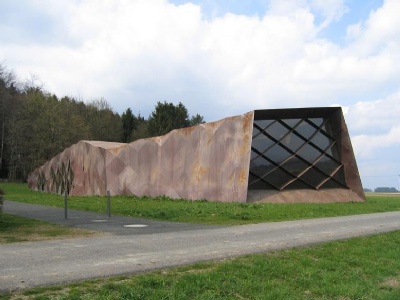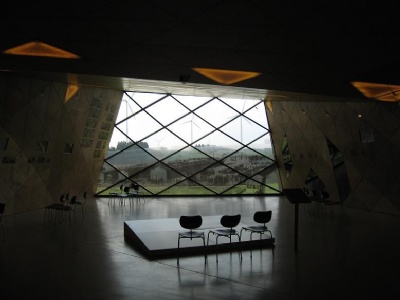Hinzert
This camp intended to reform opponents to nazism was established in 1939 was the second largest camp in the Rhineland (the largest was Osthofen). The prisoners worked to build the West Wall (Siegfriedlinjen) which was a German response to the French Maginot line. The camp’s official name was SS-Sonderlager-Hinzert and the camp’s organization was similar to other (concentration) camps. The absence of gas chambers and special places of execution did not mean that the lives of the prisoners were necessarily better than in other camps. Prisoners who were sentenced to death were simply transferred to other places where they were murdered. The most well-known actions concerned some 100 Luxembourg-based workers who were murdered near the camp in 1942. The camp was until November 1944 an independent camp with its own satellite camps. But from then on and until the end of the war it came under Buchenwald organization. The camp was located outside Hinzert and it consisted of about ten barracks. The camp was evacuated in March 1945. However, the barracks were demolished after the war because the material was needed for other purposes in post-war Europe.
Current status: Demolished with museum (2008).
Address: Gedenkstätte Hinzert, 54421 Hinzert-Pölert.
Get there: Car.
Follow up in books: Kogon, Eugen: The Theory and Practice of Hell: The German Concentration Camps and the System Behind Them (2006).


The museum is very modern with a special architecture. If you stand inside and look towards one of the gables, it has created an illusion of the camp barracks. It looks as if the barracks actually are on the outside.